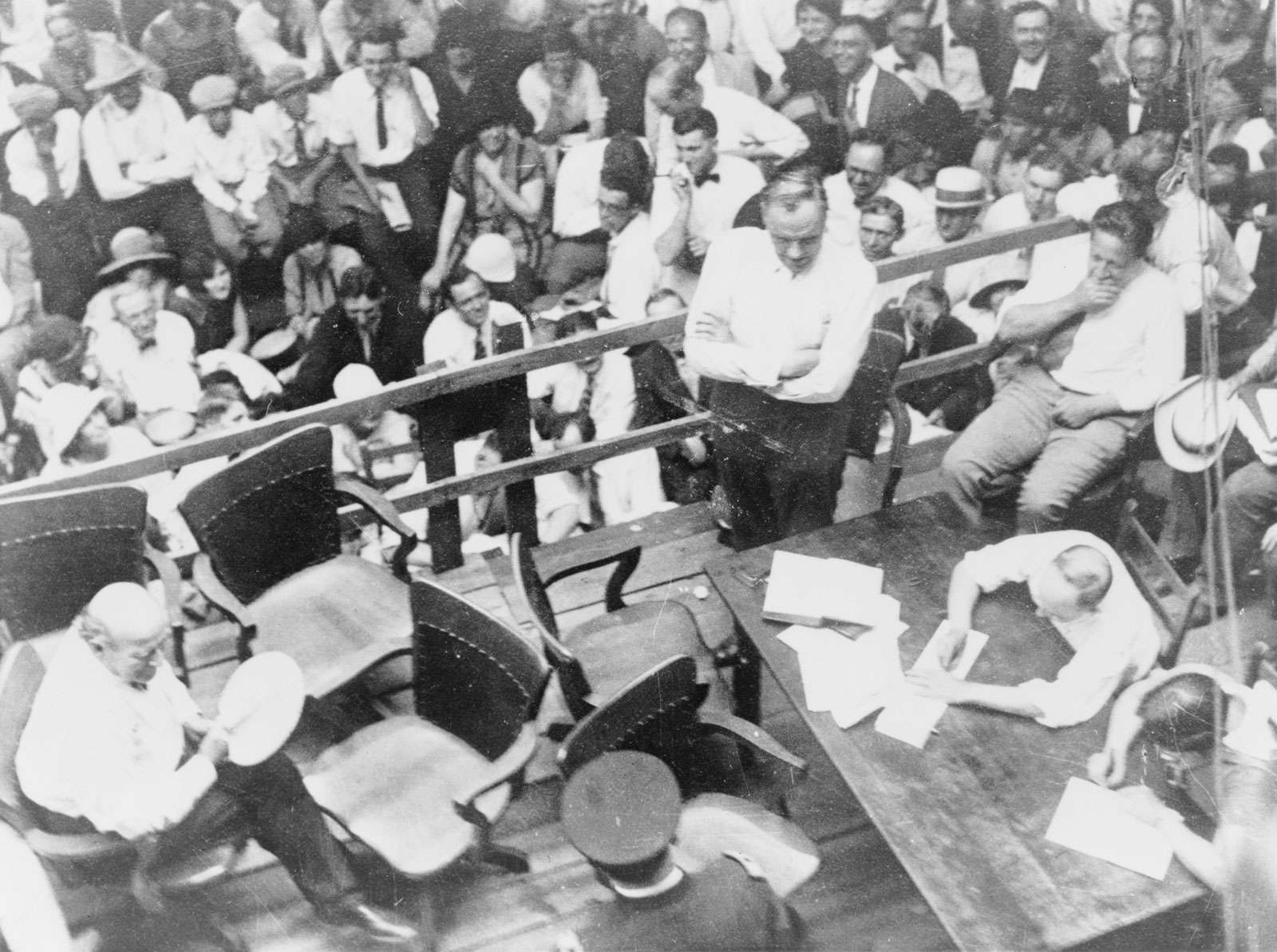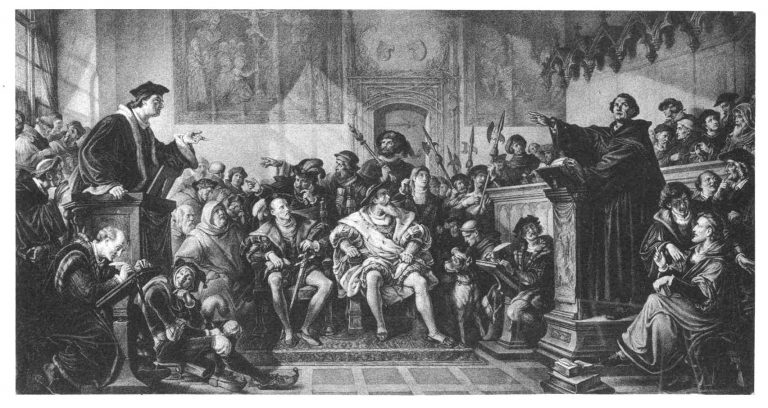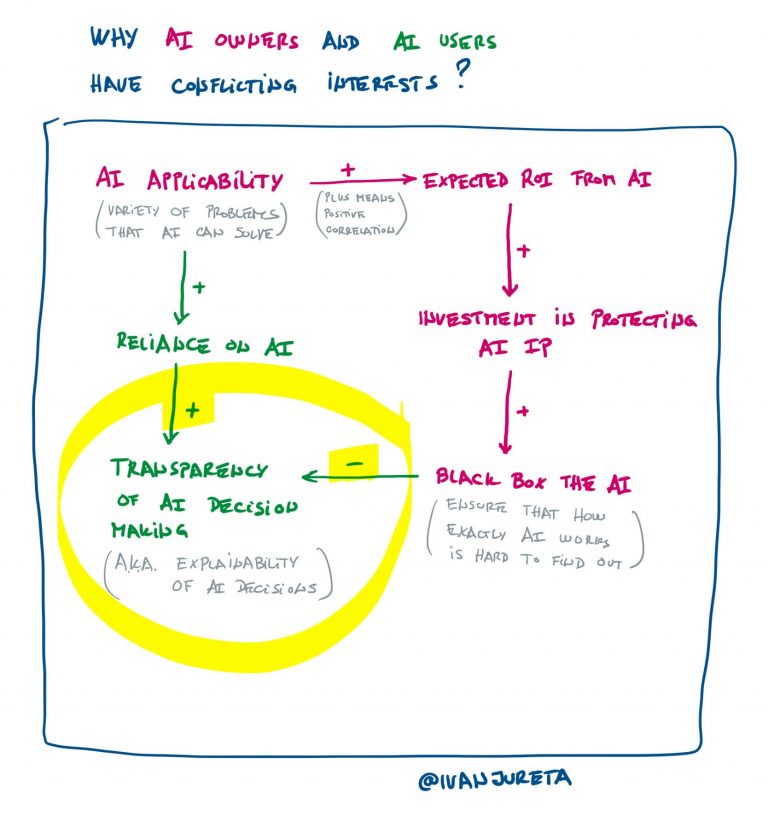What Is Evidence?

There is no single definition of the term “evidence”, and trying to make one isn’t the purpose of this text. But there are ways of telling if something might be evidence, and knowing when it clearly isn’t. Such knowledge helps you develop a taste, so to speak, in evidence. Isn’t that valuable, given how frequently you may be giving evidence to support your ideas, and how frequently others do the same to you?

In the Oxford English Dictionary, “evidence” has three definitions:
- “available body of facts or information indicating whether a belief or proposition is true or valid”;
- “information drawn from personal testimony, a document, or a material object, used to establish facts in a legal investigation or admissible as testimony in a law court”;
- “signs or indications of something”.
These three roles are echoes of more technical discussions in epistemology, philosophy of science, and law. Below, the aim is to summarize key ideas from these domains and converge to a definition of the term “evidence” that can be used more broadly, as a means to develop an opinion of evidence and be able to discuss merits and limitations of instances others give you, and you give to others.
Evidence Concept in Philosophy of Science and Epistemology
Presence, absence, and properties of evidence influence what one is justified in believing. If I say that I believe some proposition p, then it is said that whether I am justified in believing p depends on the evidence I have for p. This is the conception of evidence as stuff which makes up arguments and justifications. Arguments are pairs of premises and a conclusion, whereby the conclusion logically follows from premises. A justification is a set of arguments, related through attack relations. The term “argument” stands here for the same concept as the term “argument” used in the discussion of explanations. Justification, as a set of arguments and attack relations, and then their valuation, is the one from Pollock [1], Simari and Loui [2], Dung [3], and many others [4].
Which propositions count as evidence? Some consider that all propositions one has access to can count as evidence, others that only those which are objects of mental states. In either case, evidence is also closely tied to the notion of rationality, in that a rational thinker cannot ignore evidence (they may reject it, because of other evidence, through argumentation, but not ignore it altogether).
Evidence plays a key role in verification and falsification.
“If E is evidence for some hypothesis H, then E makes it more likely that H is true: in such circumstances, E confirms H. On the other hand, if E is evidence against H, then E makes it less likely that H is true: E disconfirms H. Verification is the limiting case of confirmation: a piece of evidence verifies a hypothesis in this sense just in case it conclusively establishes that hypothesis as true. At the other end of the spectrum, falsification is the limiting case of disconfirmation: a piece of evidence falsifies a hypothesis just in case it conclusively establishes that the hypothesis is false. It is at least somewhat controversial whether full-fledged verification or falsification in this sense ever occurs.” [5]
Confirmation involves quantification: some evidence makes a hypothesis more or less likely. Quantification happens through probability, and is the central idea in Bayesianism [6]: E is evidence for H if and only if Prob(H | E) > Prob(H), in other words, E is evidence for H if and only if the conditional probability of H with E being true is strictly greater than the probability of H independently of the truth of E.
Evidence is closely related to the notion of objectivity, as neutral arbiter of what is and is not objective, or, alternatively, as neutral arbiter between competing explanations. There are many problems with defining and ascertaining objectivity, and it is important to keep in mind that two people, perhaps judged equally competent by others on a topic, can disagree on how some evidence relates to the truth of some proposition relevant to that topic.
In a summary, evidence is a special role that a proposition can enjoy in the premises of an argument; that special role is given to the proposition by people (rather than somehow its intrinsic properties, whatever that may even be), because of their belief that the proposition refers to phenomena in a different way than other non-evidence propositions in the same argument. Having the role of evidence may itself be justified by those people by appealing to the proposition’s reference to publicly-observable objects and events. The harder open question is when to confer the role of evidence to propositions which refer to results of introspection.
Evidence Concept in Law
A proposition P is evidence in law, if it satisfies three conditions: relevance, materiality, and admissibility.
- Relevance: P is relevant relative to another proposition Q if (i) P changes the probability that Q is true, or (ii) if P helps understand Q. Condition (i) is the same as the Bayesian condition above, i.e., law says that P is relevant to Q if Prob(Q | P ) > Prob(Q). Condition (ii) can be read in two significantly differ- ent ways, depending on the interpretation of probability (for more on interpretations of probability, see [7]). Under the subjective interpretation of probability (where probability of P quantifies “one’s degree of confidence that P is true”), if different understanding leads to a different probability estimate, then getting to a different understanding boils down to Q’s conditional probability being different if the person estimating this probability also has P or does not. Under classical (a.k.a. logical or evidential) interpretation of probability, it does not matter what anyone may think, in that the probability of Q being true wholly depends on available observer-independent events and objects, and therefore, condition (ii) does not influence the probability of Q.
- Materiality of a proposition is determined by the law applicable to the case in which that proposition is being considered for evidence. A proposition can be relevant in the sense given above, but applicable law may remove it from evidence, making it useless in building arguments in the case, and this may be due to principles that applicable law promotes, regardless of case specifics.
- Admissibility also determines which relevant evidence can be ignored. Irrelevant propositions are by definition inadmissible, but some relevant propositions can be. For example, “hearsay” in law refers to propositions obtained from persons not called as witnesses; if a proposition is relevant, but is hearsay, it is inadmissible. Another example is that descriptions of a person’s “character”, including descriptions of repetitive past behavior, may be relevant (especially if probability in relevance is subjective), but rules for evidence in US law make it inadmissible to explain a person’s behavior in a particular situation by appealing to character descriptions.
In a summary, having the role of evidence in law is determined by (i) relevance and (ii) rules which sanction relevant propositions on grounds of legal principles.
Once a proposition is considered as evidence in legal proceedings, the next question is to determine the weight it will have in the decision-making process. Below, I follow Ho’s synthesis of legal conceptions of weight of evidence [8].
When evidence is relevant, and when it makes sense to estimate the conditional probability of P given E, then the greater the conditional probability, the greater its probative value; this, in turn, quantifies the weight of evidence. Alternatively, probative value can quantifies the difference between the conditional and independent probability, i.e., the probative value of E for H is Prob(H | E) − Prob(H).
Probative value is estimated for individual evidence propositions. What can we say about the strength or weight of all pieces of evidence, taken together, in relation to a possible decision or verdict? Law sets the standard of proof as the threshold which must be reached by the whole body of evidence, in order to conclude in favor of the proposition that that evidence supports. There are quantitative and qualitative approaches to establishing if the standard of proof is reached or not; an important idea here, is that eventually, both are problems of confronting evidence which was presented in favor of the defendant and in favor of the plaintiff.
In most situations, it unfortunately makes no sense to set the bar too high for what qualifies as evidence, i.e., if it was necessary to produce evidence propositions only through, say, randomized controlled trials, then most of what can be collected under some realistic constraints of time and budget during, say, investment decisions, would not count as evidence. At the same time, if stakes were high enough, and it thus made sense to invest in producing high quality evidence for a specific decision, then this should be done and it should be recognized as preferred.
The variety of situations where limits on resources and knowledge make it impossible to produce somehow the best evidence, leads here to a poorer but practical concept of evidence which has two parts: one determines what counts as evidence, called the threshold condition, and the second describes the confidence to have in evidence, called the evidence profile.
A proposition Q passes the threshold condition and thereby becomes evidence for a proposition P if all following conditions are satisfied:
- Target: There is a proposition P which is in an explanation.
- Ownership: There is an individual who claims that the truth of the proposition P depends on the truth of Q.
- Admissibility: There are no rules which disqualify Q.
The conditions serve the following. Q is only useful if it should be evidence for a proposition which itself has a role in an explanation; any evidence is offered in relation to the content of an explanation in an RM instance. Before anything gets said about the confidence to have in Q and its relationship to P , someone must claim that the truth of P depends on the truth of Q, that is, must claim relevance, which will then be further described through the evidence profile below. Finally, regardless of relevance claims, or of the target, if Q fails to be admissible, it should be ignored altogether.
A Proposition’s Evidence Profile
The evidence profile of a proposition has three purposes: firstly; it describes the pros and cons of a piece of evidence using a set of criteria; secondly, because all evidence propositions are described over the same criteria, they are com- parable (even if only over those); thirdly, the drawbacks suggest actions that could be taken in response.
The evidence profile has three parts: to have any level of confidence in the claim that Q is evidence for P , there are questions to ask about (i) the referent of Q, (ii) the referent of P , and (iii) the relationship between the former and the latter. Remember that relevance is the condition which runs through all evidence concepts mentioned above, in philosophy of science and in law; it is the idea that Q can only be evidence for P if their truths, or their referents occurring, is related in a specific idealised way, namely that the former is a cause of the latter (and consequently, the truth of the former depends on the truth of the latter, or, that the conditional probability of P given Q is higher than the probability of P independently from Q.
The propositions P and Q alone are not enough to claim that one is relevant for the other. We have to say something about their referents and our observations of occurrences of these referents. The first part of the evidence profile aims to accomplish that for the proposition which takes the role of evidence, Q here. The criteria and corresponding questions are as follows.
- Observability: Has the referent of Q been observed by the owner of Q? A positive answer means that the referent of Q – situation, object, event, or some mix thereof – has been observed in the past by the owner of Q. Referents which are imagined, which are only content of mental states, for example, lead to the negative answer.
- Accessibility: Is the referent of Q publicly (by others involved in RE) or privately observable? The answer is Yes if a referent of Q can be observed by someone else than the owner, regardless of the owner having observed it or not).
- Frequency: How many times has the referent of Q been observed? This helps identify the use of accidental or anecdotal evidence.
- Coverage: What proportion of all possible referents of Q is covered by observed referents of Q? Together with Frequency above, this signals anecdotal evidence.
- Diversity: Taking any two referents of Q, what makes them different from each other, i.e., which property types can be used to distinguish between referents of Q? This question looks for properties that can cut up the population of referents that Q is about, so that those referents which have been and could be observed, are more representative for that narrower, more focused population. The criterion reflects the problem of having to work with evidence which is not representative, and thus hard to take seriously; it may still be useful as-is, if the population it is meant to represent is reduced.
- Repeatability: Is there a procedure to generate referents of Q again? This question is about control of the mechanism which generates referents of Q. If we can generate it again, that is, there is a procedure to do so, then we may want to do it to reinforce the confidence to have in Q as evidence.
- Feasibility: What is the cost to to apply the procedure which generates referents of Q again? In case we do have control over the mechanism which generates Q, and in case we may want to generate new instances, then this begs the question of whether we in fact want to absorb the cost to do so, which in turn requires an assessment of that cost.
The aim with these questions is not to set a high standard for what counts as evidence; that would immediately disqualify much of the deficient information that is available during regular, business decision-making, without considering benefits in trying to improve this information. Instead, the aim is to be aware of the pros and cons of a given piece of evidence, in order to decide what to do with it.
References
- Pollock, J.L., 1987. Defeasible reasoning. Cognitive science, 11(4), pp.481-518.
- Simari, G.R. and Loui, R.P., 1992. A mathematical treatment of defeasible reasoning and its implementation. Artificial intelligence, 53(2-3), pp.125-157.
- Dung, P.M., 1995. On the acceptability of arguments and its fundamental role in nonmonotonic reasoning, logic programming and n-person games. Artificial intelligence, 77(2), pp.321-357.
- Bench-Capon, T.J. and Dunne, P.E., 2007. Argumentation in artificial intelligence. Artificial intelligence, 171(10-15), pp.619-641.
- Thomas Kelly. “Evidence”. In: The Stanford Encyclopedia of Philosophy. Ed. by Edward N. Zalta. Winter 2016. Metaphysics Research Lab, Stanford University, 2016.
- William Talbott. “Bayesian Epistemology”. In: The Stanford Encyclopedia of Philosophy. Ed. by Edward N. Zalta. Winter 2016. Metaphysics Research Lab, Stanford University, 2016.
- Alan Hajek. “Interpretations of Probability”. In: The Stanford Encyclopedia of Philosophy. Ed. by Edward N. Zalta. Fall 2019. Metaphysics Research Lab, Stanford University, 2019.
- Hock Lai Ho. “The Legal Concept of Evidence”. In: The Stanford Encyclopedia of Philosophy. Ed. by Edward N. Zalta. Winter 2015. Metaphysics Research Lab, Stanford University, 2015.


